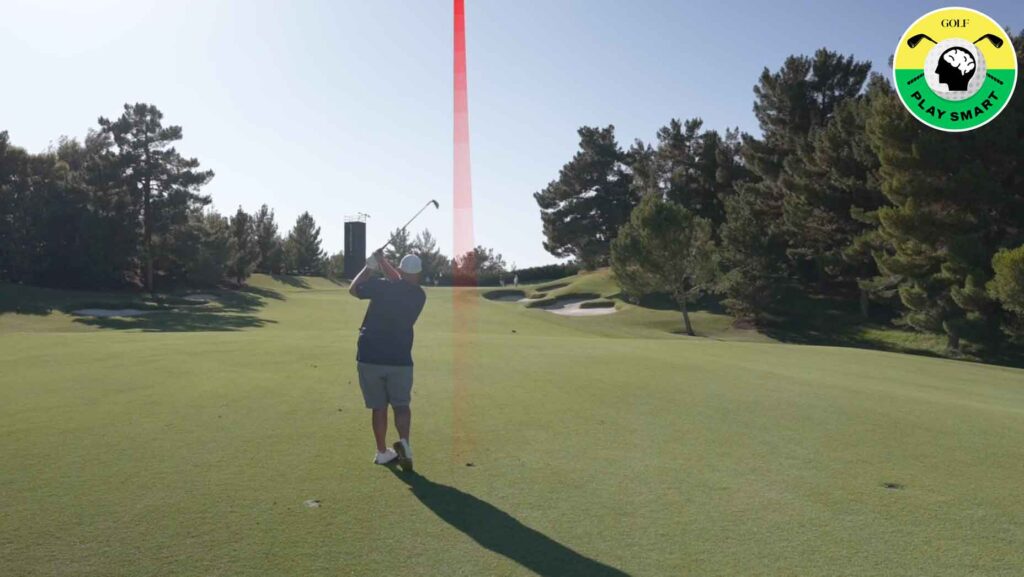Master Your Golf Game: Why Ignoring the Pin Sheet Can Lower Your Scores
Welcome to Play Smart, a regular column on GOLF.com dedicated to game improvement and strategies aimed at enhancing your golfing experience. There’s a veritable avalanche of information available to golfers today, covering everything from swing mechanics to advanced technology. While this data is valuable for advanced players, it can lead to confusion for the average golfer. In this comprehensive guide, we will explore how simplifying your approach—particularly regarding pin sheets—can lower your scores substantially.
The Overload of Golfing Information
Today’s golfers navigate a landscape rife with endless tips, tricks, and insights. The accessibility of technology and the abundance of coaching advice can overwhelm any player. For beginner or intermediate golfers, this "information overload" often leads to a condition known as paralysis by analysis. Instead of enhancing their game, this barrage of data can confuse average golfers, making them hesitate and overthink every shot.
Understanding the Pin Sheet
Before each round, professional golfers receive a pin sheet, a vital resource that outlines the exact location of the hole on each green. Many golf courses catering to recreational players also provide this information, aiming to offer the same experience as the professionals. But does knowing the precise pin positions genuinely benefit average golfers? Insights from Colt Knost, former PGA Tour professional and co-host of GOLF’s Subpar, suggest otherwise.
Why You Should Disregard the Pin Sheet
In a recent discussion, Colt Knost took a bold stance on pin sheets: “Wad this thing up and throw it away.” In Knost’s opinion, the mental barrier created by focusing solely on the exact pin position can do more harm than good. His advice is straightforward: aim for the middle of the green.
The Benefits of Aiming for the Center
When you target the middle of the green—both in terms of depth and width—you open up a plethora of options for your misses. For instance, if you overshoot while aiming for a tucked pin on the right, you likely end up in the rough or a bunker. However, by aiming for the center, even if your shot strays, you are much more likely to remain on the putting surface, setting yourself up for an easier two-putt.
Knost’s Insights on Scoring
Knost emphasizes that by ignoring pin placements, you allow yourself to play with less pressure and more freedom. “I can promise you right now,” Knost asserts. “If you disregard the hole location, hit to the middle of the green, and two-putt for par, it’ll lower your scores.” This straightforward advice is a reminder to focus on strategic play rather than precise memorization of pin placements.
Making the Mental Shift
To implement Knost’s strategy, you must shift your mindset before each round. This change requires you to resist the temptation to let pin sheets dictate your game plan. By concentrating on the center of the green, you foster a more relaxed approach to each hole, allowing your skills to flourish without the added stress of overthinking.
Practical Steps for Implementation
Start by familiarizing yourself with the layout of your home course. Play a few rounds where you consciously ignore the pin sheet. Focus on understanding the green sizes and slopes while also learning how far you typically hit each club. This information will empower you to make better decisions while on the course.
The Role of Course Management in Golf
Good course management is a crucial aspect of lower scores. Ignoring the details of the pin sheet in favor of a more comprehensive understanding of your game’s fundamentals can lead to better shot selection. A well-structured course management plan considers your strengths, weaknesses, and the specific conditions you face on the course.
Conclusion: Play Smart, Score Low
In summary, the art of scoring lower rounds often lies in adopting simpler strategies that prioritize effective decision-making. By disregarding the pin sheet and aiming for the middle of the green, you can take control of your game and lower your scores. So, the next time you’re at the tee box, take Knost’s advice: throw that pin sheet away and play smarter golf. Embrace this strategy and your journey to improved performance will be well underway, elevating your game while keeping the joy in golf intact.
By simplifying your strategy, focusing on fundamentals, and strategically selecting targets, you can significantly improve your performance. Allow this guide to be your roadmap as you delve into the world of smarter golfing, aiming for lower scores and more enjoyable rounds.


